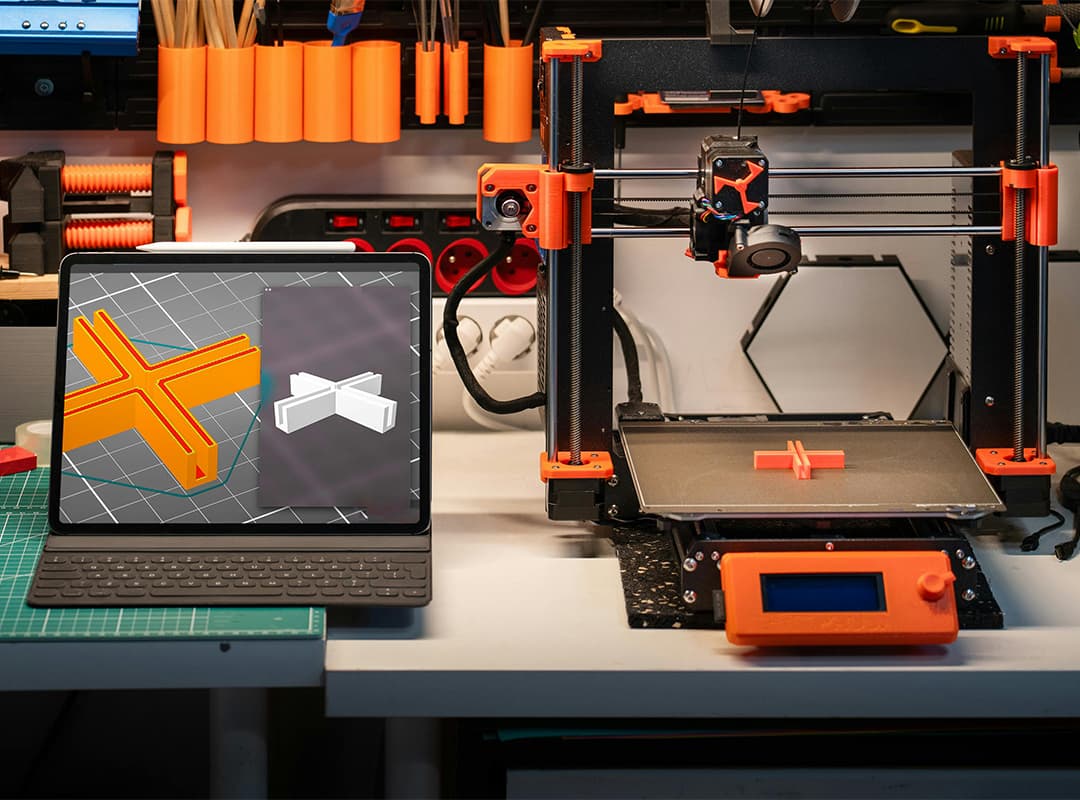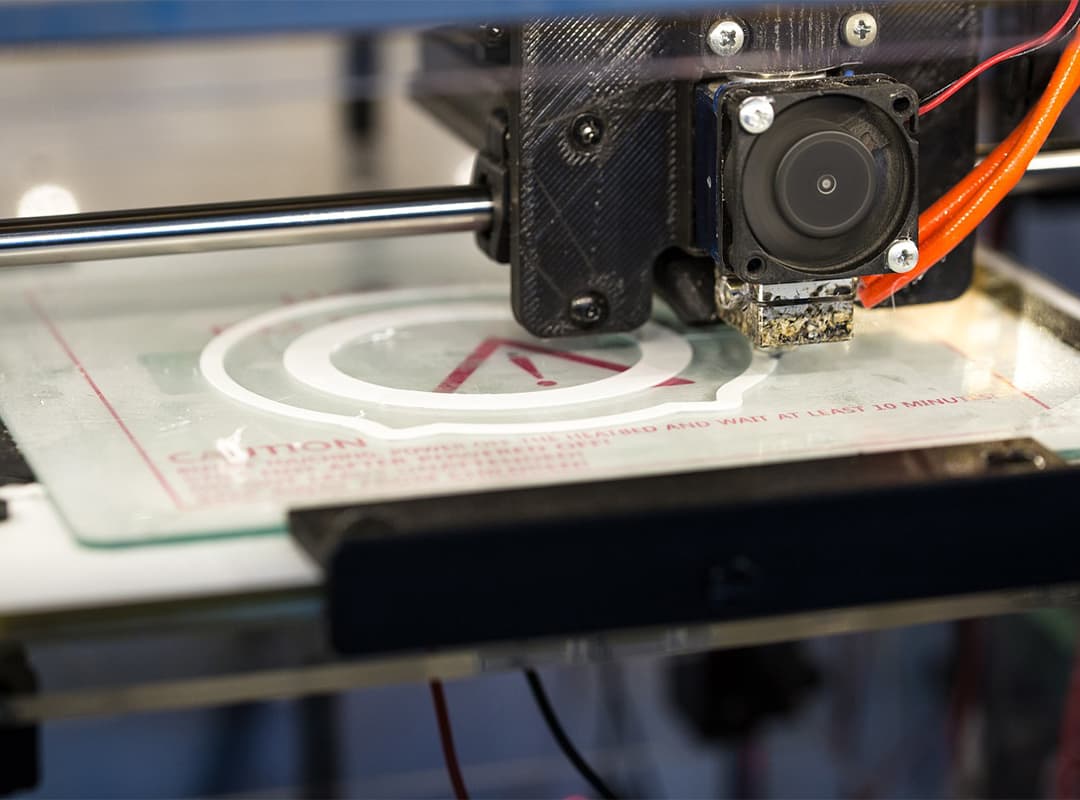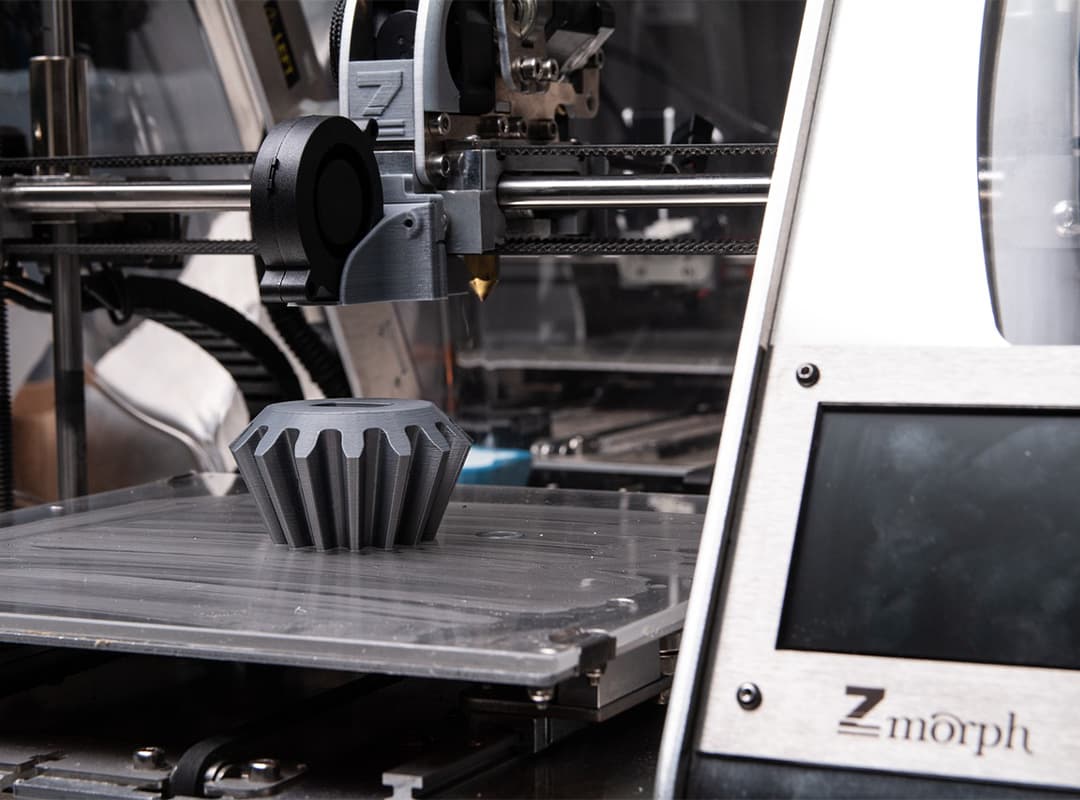Creating your first model from scratch can be a rewarding experience, whether you’re interested in simulation modeling, 3D modeling, or any other type of modeling. This guide will walk you through the essential steps to help you get started, providing practical tips and resources along the way. Additionally, we’ll touch on opportunities for learning and networking, such as the best technology conferences 2015.
Step 1: Define Your Objectives
Before diving into modeling, it’s crucial to clarify your objectives. Consider the following questions:
- What problem are you trying to solve? Identify the specific issue or scenario you want to model. This could range from optimizing a business process to visualizing a complex system.
- What insights do you hope to gain? Understanding your goals will help you determine the type of model you need to create and the data you’ll require.
Step 2: Choose the Right Modeling Tool
Selecting the appropriate modeling software is essential for your project. As a beginner, consider using user-friendly tools such as:
- AnyLogic: Ideal for various simulation methods, including discrete event and agent-based modeling.
- Simul8: Known for its ease of use in business process modeling.
- NetLogo: A great choice for agent-based models, especially in educational settings.
Take advantage of free trials or educational versions of these tools to experiment and find the one that best suits your needs.
Step 3: Gather Necessary Data
Once you’ve selected a modeling tool, it’s time to gather the data needed for your model. This may include:
- Historical Data: Use past performance data to inform your model and establish realistic parameters.
- Expert Opinions: Consult with subject matter experts to gather insights and validate your assumptions.
- Research: Look for published studies or resources related to your topic to ensure your model is grounded in established knowledge.
Step 4: Sketch Your Model Concept
Before jumping into the software, sketching your model concept on paper can help you visualize the relationships and components involved. This step allows you to:
- Identify Key Elements: Determine the essential variables, agents, or components your model will include.
- Map Relationships: Define how these elements interact with one another, helping to clarify the flow of your model.
Step 5: Build Your Model
With a clear concept in mind, you can start building your model in your chosen software. Here are some tips to guide you through the process:
- Start Simple: Begin with a basic version of your model and gradually add complexity. This approach allows you to troubleshoot issues easily and make adjustments as needed.
- Use Templates: Many modeling tools provide templates that can help you get started. Don’t hesitate to use these resources to save time and enhance your understanding of the software.
- Iterate and Test: Continuously test your model as you build it. Run simulations and analyze results to ensure it behaves as expected. Be prepared to make revisions based on your findings.
Step 6: Validate Your Model
Validating your model is essential to ensure its accuracy and reliability. This step may involve:
- Comparing Results: Check your model’s output against real-world data or established benchmarks to verify its performance.
- Peer Review: Share your model with peers or mentors for feedback. Fresh eyes can provide valuable insights and identify potential flaws.
Step 7: Document Your Process
As you create your model, documenting your process is crucial for future reference and for sharing with others. Include:
- Assumptions: Clearly state the assumptions made during the modeling process.
- Methodology: Describe the steps taken to build and validate your model.
- Results: Summarize the key findings and insights gained from your model.
Step 8: Share and Iterate
Once your model is complete, consider sharing it with others to gather feedback and foster collaboration. Engaging with a community can provide new perspectives and ideas for improvement. You can also look for opportunities to present your work at events, such as the best technology conferences 2015, where you can connect with fellow modelers and industry experts.
Creating your first model from scratch is an exciting journey that requires careful planning, the right tools, and a willingness to learn. By following these steps—defining your objectives, choosing the right modeling tool, gathering data, sketching your concept, building and validating your model, documenting your process, and sharing your results—you’ll be well on your way to becoming a proficient modeler.
As you gain experience, continue exploring advanced techniques and engaging with the modeling community. Remember that modeling is an iterative process, and there’s always room for improvement.



